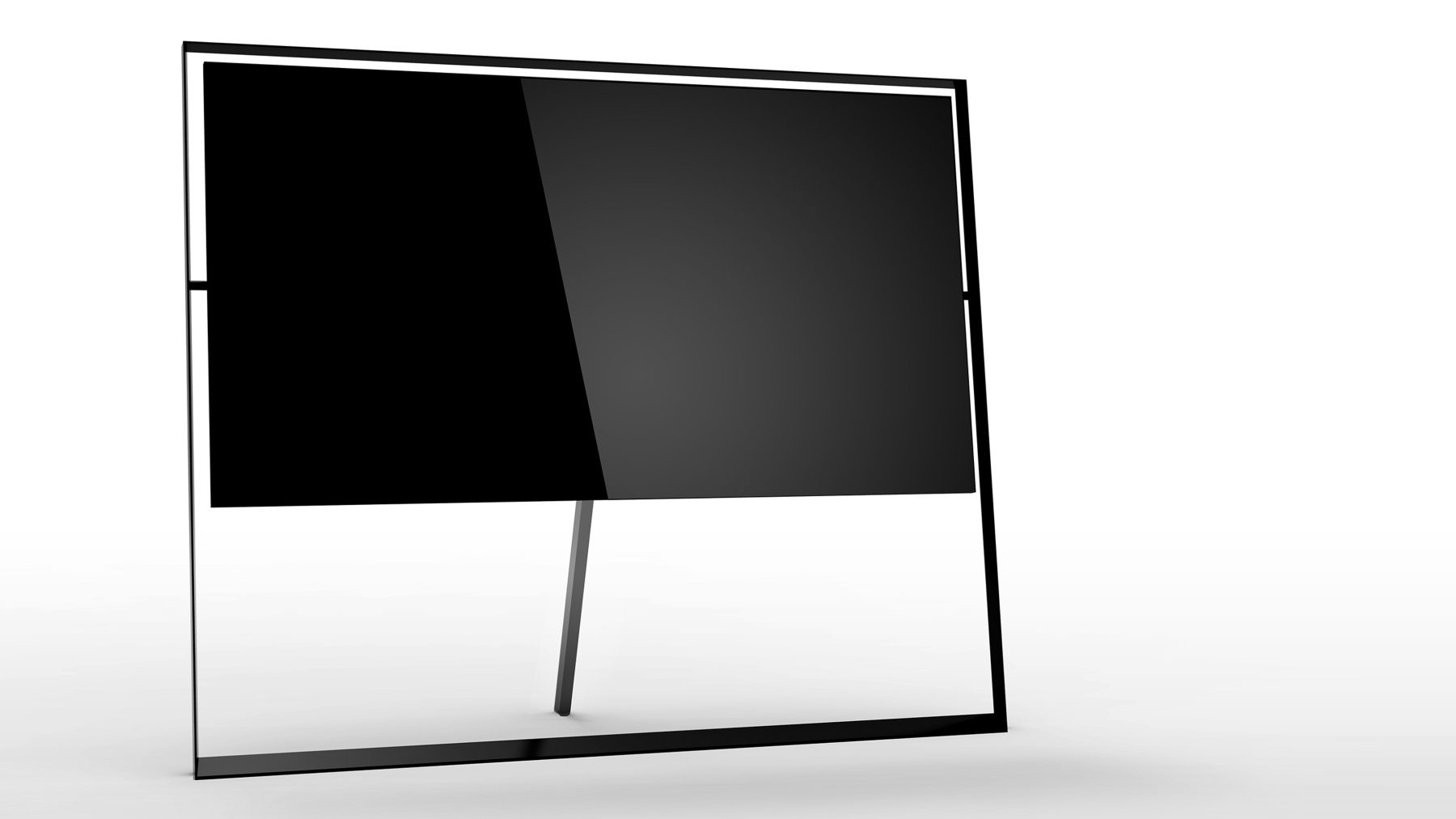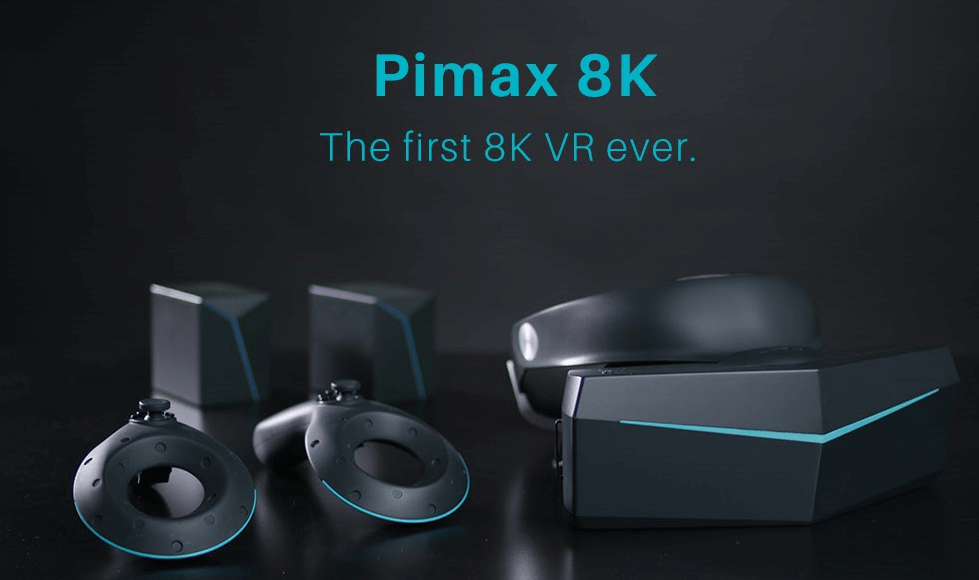TV manufacturers found themselves in a bit of a tough spot at CES 2018. The “Yay for 4K” rallying cry of the last several years has started to ring hollow with repetition — and as 4K displays have become truly mainstream technology. The Consumer Technology Association projects that 2018 will be the first year when a majority of all digital displays sold will be 4K UHD TVs. Sadly, there is still next to no content available for viewing at 4K resolution. UHD Blu-ray Discs are trickling onto the market, 4K titles on streaming services are few and far between (aside from Netflix and Amazon originals), and almost no one is broadcasting at 4K, aside from some 4K programming on DirecTV and DISH. 8K content? Forget about it. Aside from high-profile engineering test runs administered by the likes of Japanese broadcast giant NHK, 8K content for home viewing is a long way off.
Nonetheless, 8K UHD displays were exhibited at CES by vendors including BOE, LG, Samsung, Sharp, and Sony. Many of those displays were shown only in prototype form, but they were no less impressive for it. Sony’s 85-inch 8K display, for instance, was said to reach a peak luminance of 10,000 nits, which is the pie-in-the-sky maximum brightness supported by Dolby Vision’s expansive specification. And Samsung’s 85-inch Q9S was touted for machine-learning capabilities that will supposedly help it upscale HD and 4K content to full 8K resolution. Samsung fell short of committing to a price or ship date for that 8K monster, but said 8K QLED TVs larger than 65 inches with “AI technology” will be released in the second half of the year. Meanwhile, LG had its own 88-inch 8K OLED screen at the show.
By the way, if you were hoping for CES 2018 to bring some clarity to the ongoing format war between Dolby Vision and the newer HDR10+ entry, keep hoping. Support is still split across the industry, although the appearance of a new high-end Panasonic UHD Blu-ray player that supports both Dolby Vision and HDR10+ could be reason for some cheer. (Less-expensive Panasonic players only support HDR10+.)
With 4K UHD Blu-ray Discs and digital streaming still a rarity on the media landscape, 8K screens may have more immediate applications on the computer desktop, where some users will welcome as many high-resolution windows as they can possibly cram onto a single display screen. ViewSonic will cater to them with the 32-inch VP3278-8K, which is expected to ship by the end of the year with an estimated MSRP of $5,200.
Another place where 8K makes sense? On your face. Resolution is widely through to be one of the key limiting factors in the current generation of VR devices. That’s why Pimax brought its crowdfunded 8K VR headset — it’s actually two 4K displays, one for each eye — to Vegas, where it showed off the wider, more immersive field of view that a higher-resolution headset can enable. Reviewers said the extra resolution made a difference, though it’s unclear how beefy your PC will need to be to push that many pixels. But some complained that the larger, heavier headset was uncomfortable. More sleekly designed devices like the Lenovo Mirage Solo got overall better press despite much lower resolution specs.
Potentially more interesting for the future of video delivery to the home, though substantially less hyped than 4K and 8K resolution, was the ATSC 3.0 specification, which was finally completed at CES 2018. “Our suite of ATSC 3.0 standards paves the way for a new kind of television service, one that is far more flexible and adaptable than previous standards,” said ATSC President Mark Richer in a prepared statement. “ATSC 3.0 will bring historic innovations to broadcasters and to viewers, from robust transmission to immersive audio, and from 4K Ultra HDTV to interactive services and more.” But ATSC 3.0-ready TVs weren’t really being touted on the show floor. Oh, well — there’s always next year.

